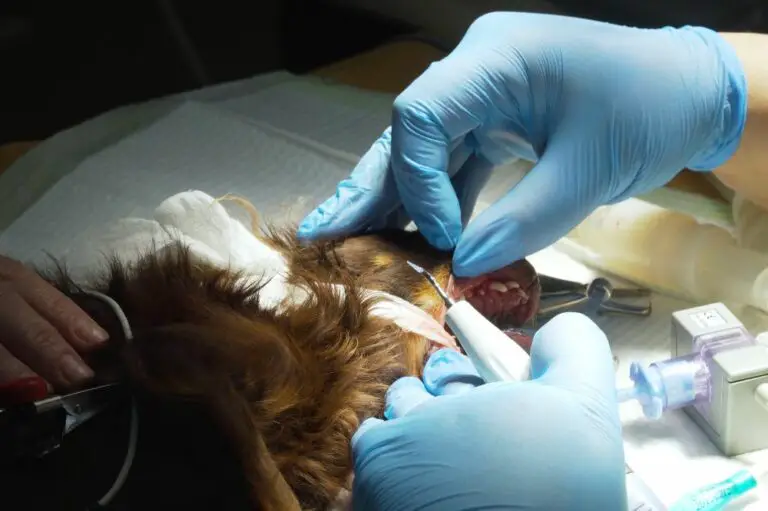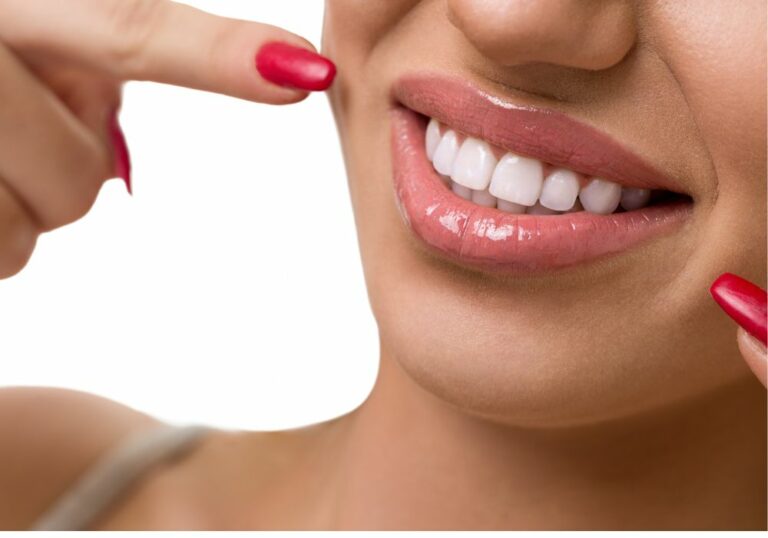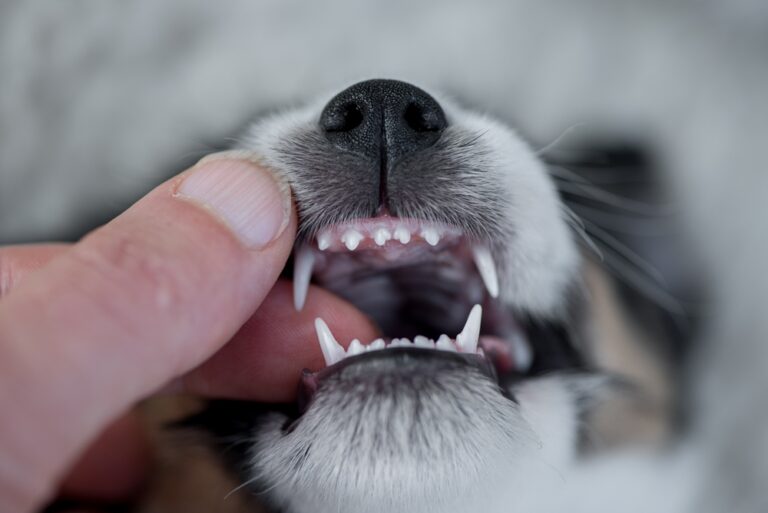Bone loss in teeth is one of those things we don’t really think about until it starts happening. If we’re lucky, we may get told about bone loss ahead of time, particularly if we’re having another bone deficiency issue and/or we’re prescribed certain drugs that are known to be related to bone loss in teeth.
By the time we find out about bone loss in teeth, we’re usually in a rush to take measures of any kind, look for treatments, reversal procedures, and all sorts of other alternatives. We’ll cover those below too but the main thing to do in those cases is work to slow down the bone loss process.
So, how to slow down bone loss in teeth, why does it happen, is it treatable, and how?
What is Bone Loss in Teeth and Why Does it Even Happen?
Bone loss in teeth can sound incredibly scary at first, especially if you’ve never thought about it before. It’s also called “osteonecrosis of the jaw” and it is indeed quite unfortunate, which is why it should be avoided and slowed down as much as possible.
At the same time, it can be seen as pretty normal too – bone density in general is known to decrease with age, and, while teeth aren’t technically bones, they do share a lot of similarities with them, including the high contents of (and reliance upon) calcium.
If teeth aren’t bones, however, how can we talk about bone loss in teeth? Isn’t that just tooth loss?
This is technically a good question as teeth aren’t bones. However, the reason why we call this “bone loss in teeth” is because we’re talking about a gradual loss of the tooth enamel and then the base and roots of the tooth underneath it due to bacteria and gum disease.
So, this isn’t “tooth loss” as in your tooth falling off, it’s a slow process of material loss that’s similar to general bone loss. Plus, bone loss in teeth can also refer to bone loss in the jaw itself.
Now that we understand that, let’s see why bone loss in teeth even happens in the first place.
The answer here may bore you but it’s the same as with most other dental problems – plaque buildup and the subsequent development of gingivitis and periodontal disease.
Yet, even though we often talk about these things, not only do they keep befalling billions of people but many of us aren’t all that clear on what these conditions are exactly, how and why they occur, how and why they affect us, and how we can deal with them.
Let’s quickly give these issues a once-over then
Gingivitis is essentially the mild version of periodontitis – it’s the still-developing form of this gum disease that is about to get worse and worse if left unattended.
Even though it’s still just in its early stages, gingivitis can cause significant discomfort while chewing and drinking, it harms the periodontal ligament (also called desmodontium) which suspends the tooth’s roots in the bone periodontal pocketing.
Once the gingivitis starts developing into full-blown periodontitis, larger and larger pockets between the tooth bone and the gums start forming, and the inflammations in them get even worse. From there, the tooth bone loss starts progressing faster and faster.
Gingivitis and periodontitis aren’t the only causes of bone loss in teeth, however. Other important contributing factors include diabetes, heart disease, and arthritis. Those matter because they affect your body and blood health, and those, in turn, affect your gums, bones, and teeth.
On top of that, stuff such as smoking, excessive alcohol consumption, coffee, high sugar intake, and others can also drastically increase the risk of bone loss in you.
There are also genetic factors that can contribute to this as some people have more of a predisposition to developing such problems than others. There are even certain drugs that can worsen this issue – the bisphosphonates group of osteoporosis drugs have been linked to osteonecrosis of the jaw.
How to Slow Down Bone Loss in Teeth?
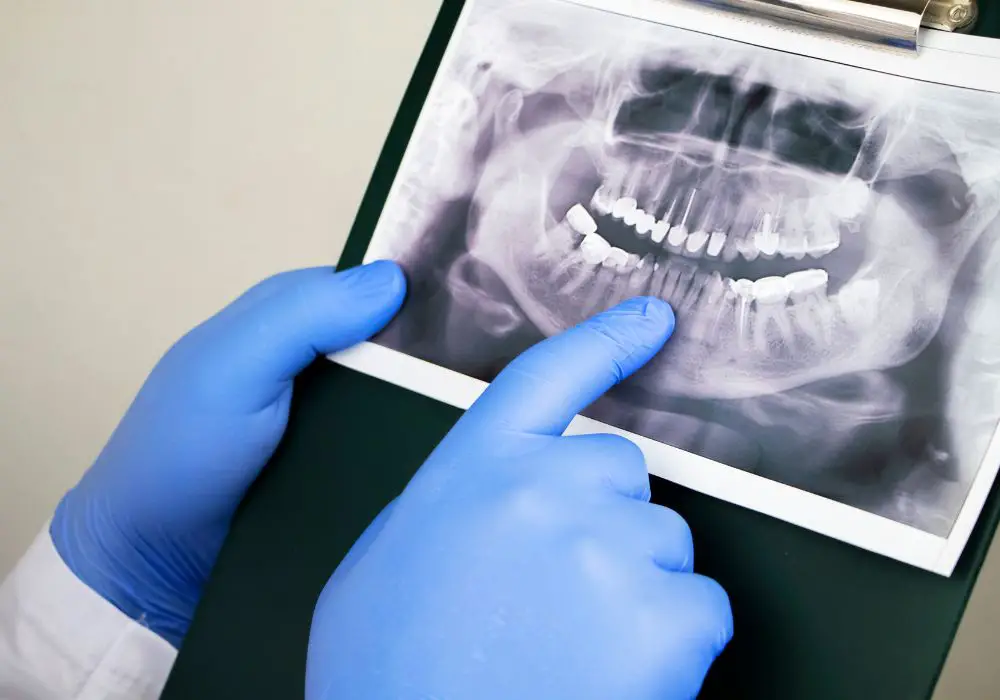
So, what can we do about all this? The first step is always to drastically reduce or outright remove any of the factors that had led or contributed to the development of this issue. Doing this is the key step in figuring out how to slow down bone loss in teeth and prevent any further problems.
- A healthy diet is the solution to most of our health problems and bone loss in teeth is no exception. Fish such as sardines and salmon are key for bone health because of the nutrients and minerals they bring into your diet as are fruits such as pineapples, oranges, bananas, tomatoes, and others.
- Get enough daily calcium in your diet – ideally at least 1,000-1,200 mg a day. The most intuitive way to do this is via dairy products such as cheese and yogurt but spinach and other leafy vegetables are also crucial as they bring a lot of calcium into your diet without any of the drawbacks of dairy products.
- Avoid sugar – this should be a no-brainer but a lot of us do love sugar. Still, even if you can’t cut it out completely, limiting it as much as possible is vital.
- Avoid smoking – same as above. It’s understandable if you can’t just quit smoking all of a sudden but limiting your tobacco intake is very important for avoiding and delaying the bone loss in teeth.
- Getting enough daily vitamin D in your diet is equally key. You can eat all the calcium you want but if you have deficient levels of vitamin D your body just won’t be able to process it adequately. So, a minimum of 600-800 IU of vitamin D a day is always recommended – even just in the form of supplements if you have to.
- Visit your dentist regularly. This should go without saying as 2 visits a year are the recommended prophylactic minimum anyway. But if you’ve started having issues with bone loss in your teeth, regular visits are even more of a must.
- Avoid drinking alcohol – as with cigarettes and sugar, this is a matter of degree more so than complete elimination. So, even if you can’t fully remove alcohol from your diet, if you can at least limit it to a substantial degree, this will have a positive effect.
- Maintain plenty of physical activity – this may seem unrelated to our oral health but it really isn’t. Healthy body, healthy mouth, as they say.
- Maintain good oral hygiene – brushing at least twice a day with a good fluoride toothpaste, flossing diligently with a good dental floss, using mouthwash once a day, and so on.
- Be wary of certain drugs that have been linked to bone loss – we mentioned the drugs from the bisphosphonates group above but be certain to consult with your dentist about any other medications you’re taking.
Can You Treat Bone Loss in Teeth?
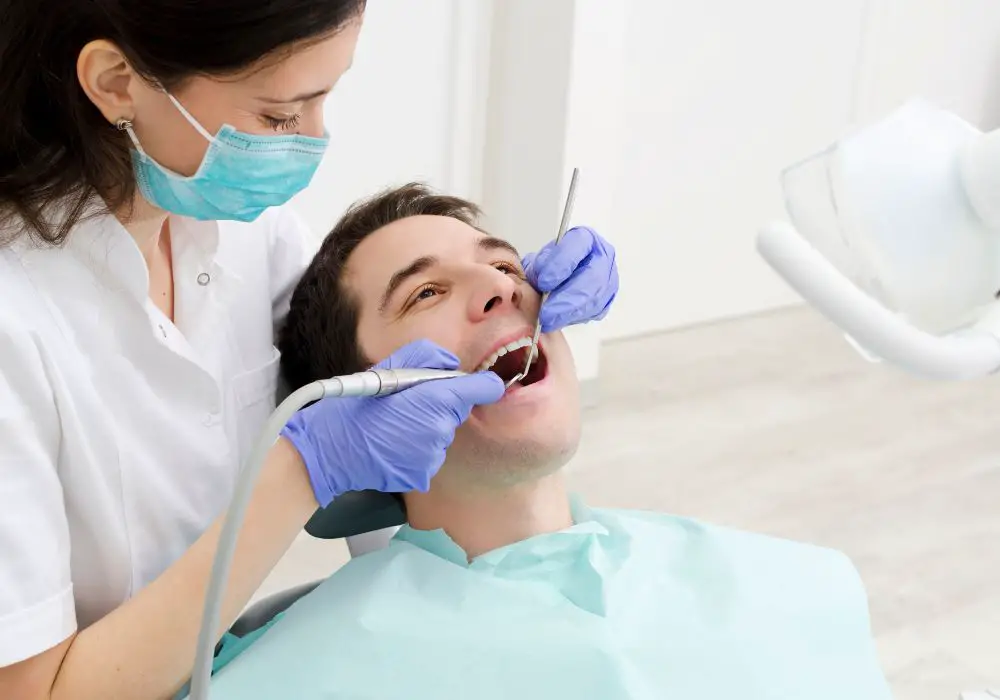
A loss of density in the teeth and/or jaw bones is sadly something that isn’t reversible in a natural sense, which is why the above methods for slowing down bone loss are so important. Still, there are a few treatments you can and should ask your doctor about:
- Soft tissue grafting – this procedure grafts donor tissue in place of the recessed gums to hide the exposed tooth roots and bone.
- Bone grafting – this is a way to graft other pieces of bone or artificial bone-like material around the tooth that’s already lost big chunks of its mass.
- Pocket reduction surgery or flap surgery – this is a broad term for a lot of surgeries that gently cut into the gum to expose the tooth’s roots and do proper root planning and/or reduce the gum pocket.
- Guided tissue regeneration (GTR) – the dentist plants a special fabric into the pocket to prevent the spread of unwanted tissue and bacteria which then allows (and guides) the area to heal properly.
- Tissue stimulation proteins – a protein-rich gel is applied which stimulates tooth enamel and healthy bone growth.
Can You Grow Your Gum Bones Back?
Do keep in mind that major dental bone loss in the teeth or jawbone isn’t really reversible. Wishing it was so is like wishing your tooth will grow back after a tooth extraction. So, in the cases of an overly compromised tooth, dental implants are usually the way to go. A good implant can be costly but that’s why it’s important to also try and slow down the bone loss in teeth while we still can.
In Conclusion
Tooth decay and osteonecrosis in the jaw bone are no fun. This is why dentists are constantly telling us to take good care of our teeth and to go to routine dentist check-ups. If problems have started to arise, however, there are things you can do to slow down the process instead of just jumping to a tooth extraction and implants.


